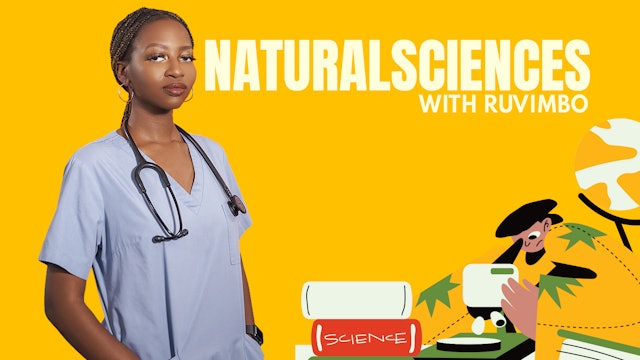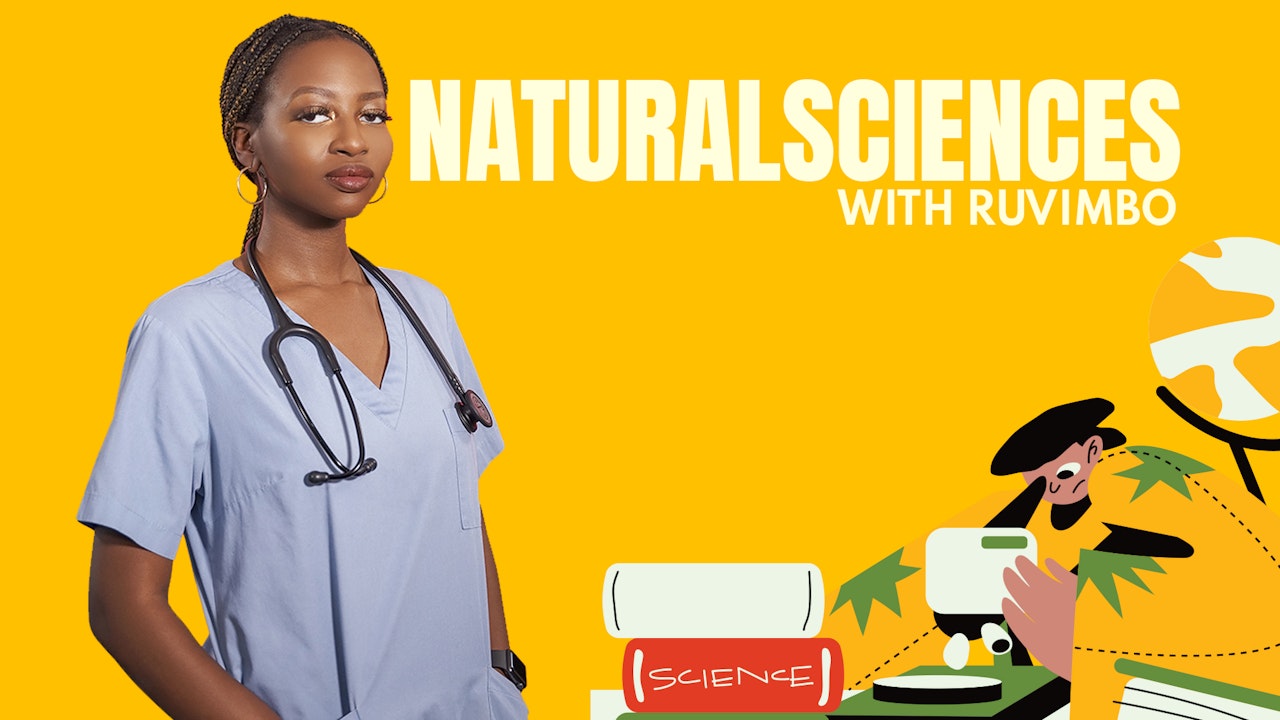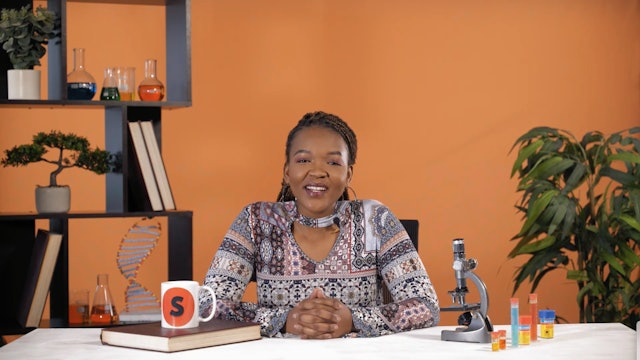Grade 8 Natural Science
4 Seasons
Natural Science takes you through the study of life through scientific investigations, formulating hypotheses and carrying out experiments. The frontiers of the unknown such as why climate change is occurring, are explored. An understanding of natural phenomena and the history of science are also established. Natural Science combines Physical Science and Life Science through topics such as photosynthesis, ecosystems, energy flow, adaptations of animals to different environments, atoms, the particle of matter and chemical reactions. Students learn to interpret information that is unfamiliar and to apply this knowledge to explain patterns, phenomena and relationships in order to solve problems.
-
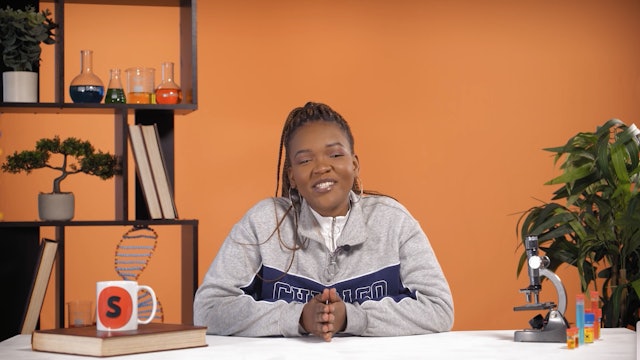 06:36Episode 1
06:36Episode 1Static electricity
Episode 1
Static electricity is an imbalance of electric charges within or on the surface of materials. Have you ever felt a tiny shock when you touch a door knob? That shock is caused by static electricity. By the end of this lesson you will know how this build-up of charge occurs and its impact.
-
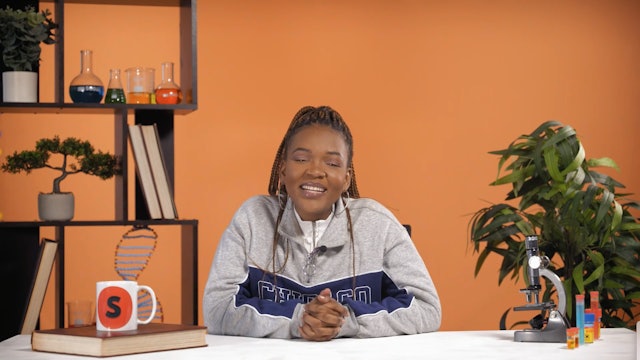 06:30Episode 2
06:30Episode 2Polarisation and sparks
Episode 2
Polarisation occurs when a positively charged object and a negatively charged object bring a neutral object closer to them. We also look at what a spark is and how lightning forms.
-
Current electricity and components of electric circuits
Episode 3
Current electricity is what charges your devices and lets you watch tv. This lesson will teach you about what current electricity is and the different components that are used in electric circuits and the function of each of the different types of components in the circuit.
-
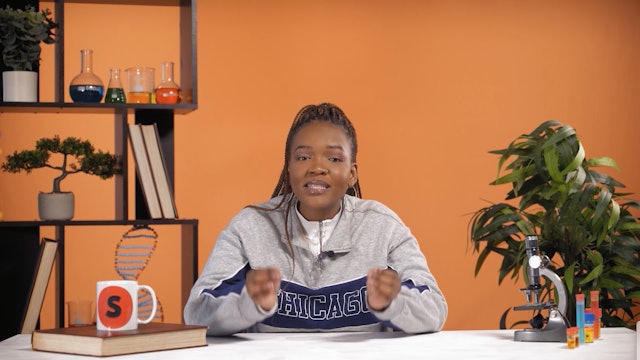 09:06Episode 4
09:06Episode 4Effects of an electrical current
Episode 4
We learnt about components in circuits and we learnt that resistors can be useful in our everyday lives. We now look at three effects that electrical current has such as the heating effect, the magnetic effect and the chemical effects.
-
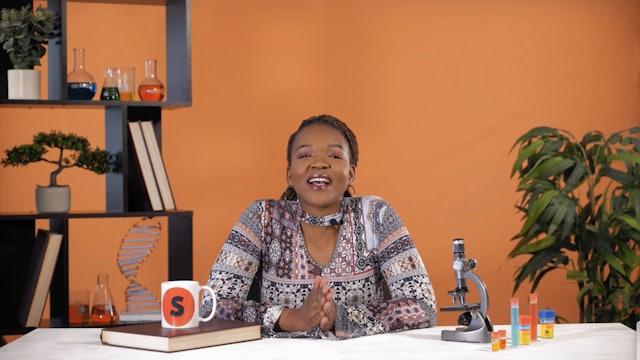 05:58Episode 5
05:58Episode 5Series circuits
Episode 5
In a circuit, we can set up the components in such a way that the current only has one pathway to follow or multiple pathways. In this lesson we are going to look at the different setups and investigate the benefits of having one pathway.
-
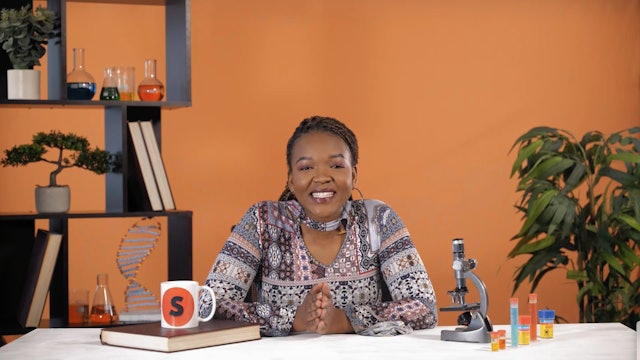 06:36Episode 6
06:36Episode 6Parallel circuits
Episode 6
Parallel circuits have more than one pathway for a circuit; we use lightbulbs to illustrate how this circuit conducts electricity.
-
Resistance of different materials and output devices
Episode 7
Some materials have high resistance and others have low resistance. In this lesson we will learn about how to test the resistance in different materials.
-
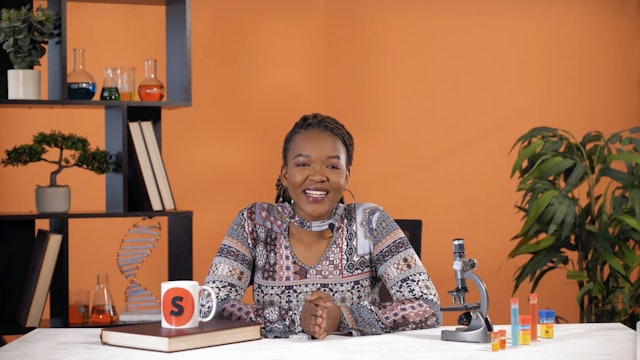 08:51Episode 8
08:51Episode 8Visible light
Episode 8
There are several different forms of light and not all can be seen with our naked eyes. In this lesson we focus on visible light and how it behaves as well as how we see different colours.
-
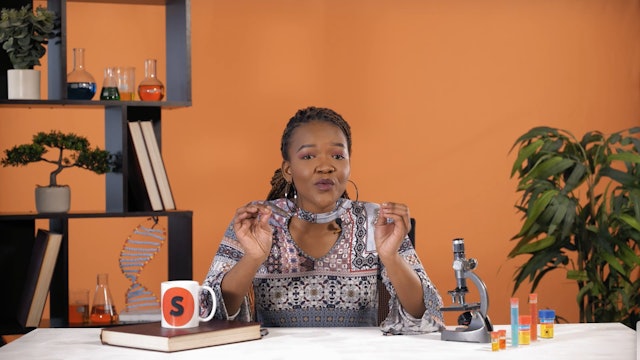 07:33Episode 9
07:33Episode 9Absorption and reflection of light
Episode 9
Absorption and the reflection of light occur differently on surfaces. In this lesson we look at the way the eye works and why we see objects of different colours.
-
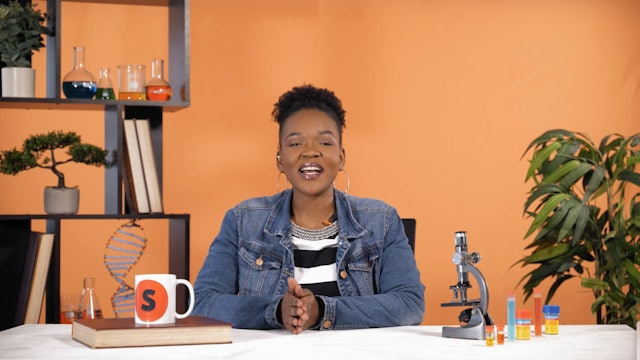 06:12Episode 10
06:12Episode 10Refraction of light
Episode 10
Now that we have looked at the reflection of light where the light changes direction and is “bounced” off the surface of an object we need to look at what happens when light moves through transparent objects.

